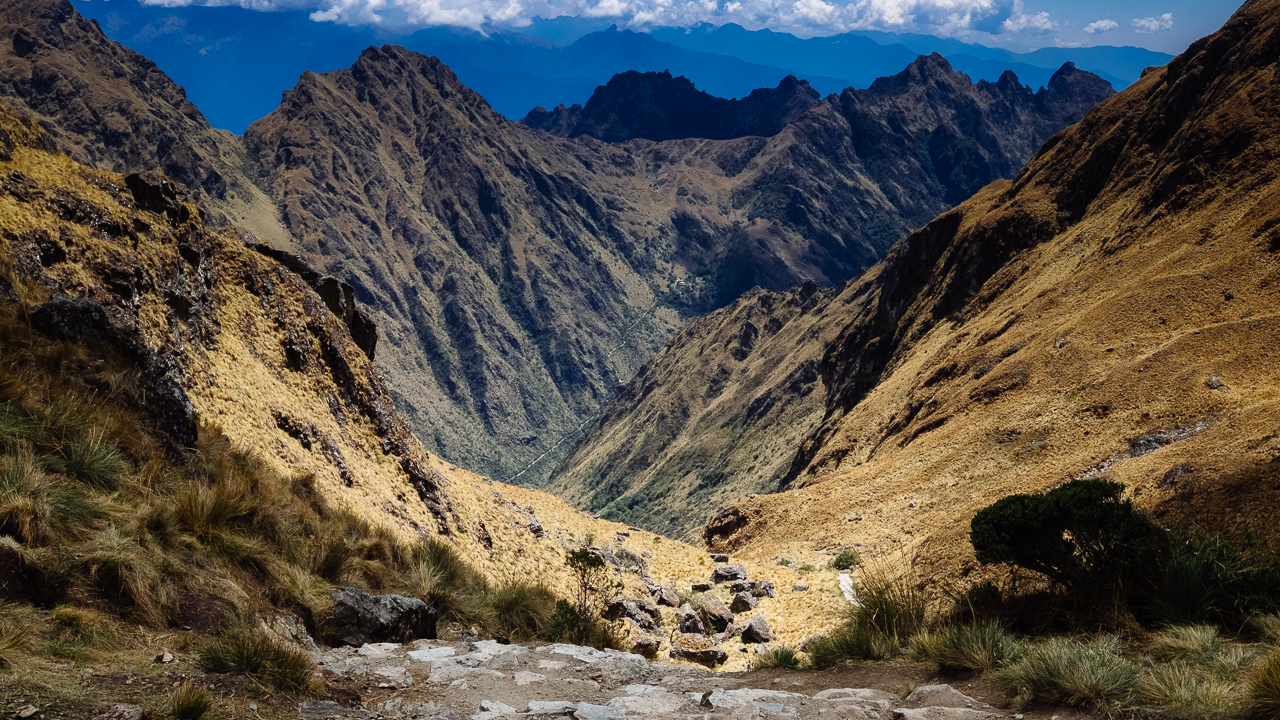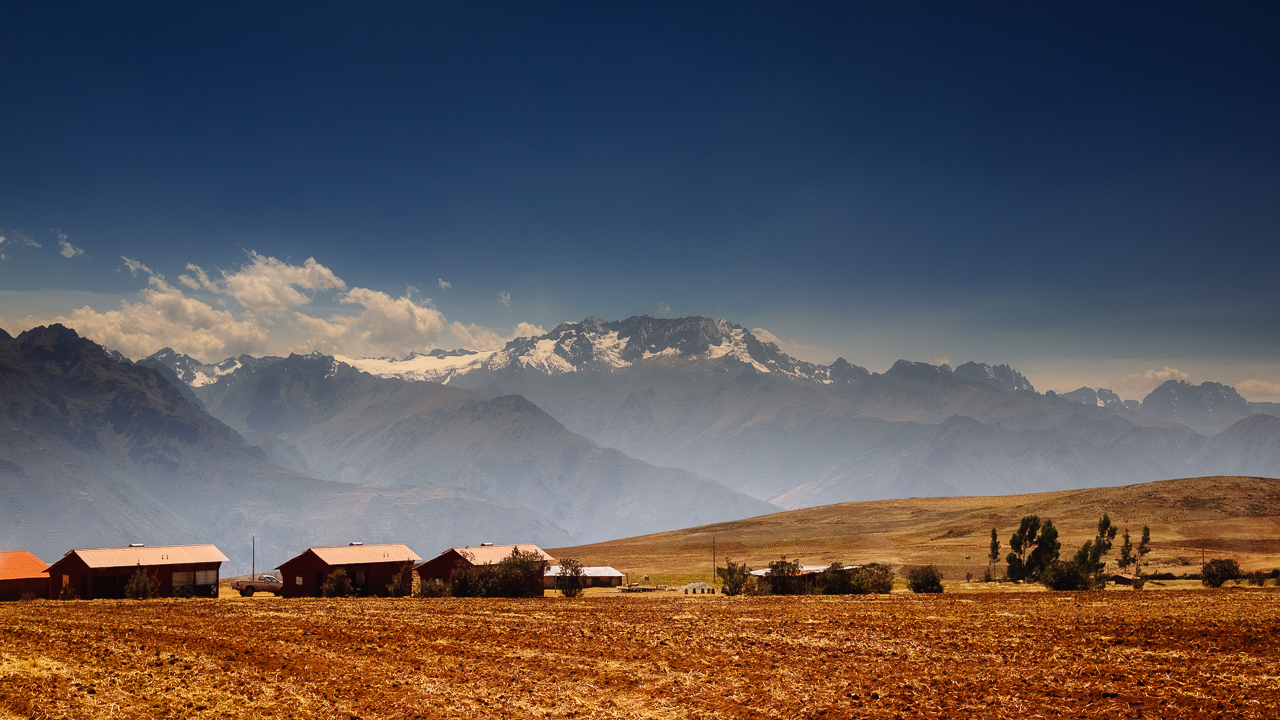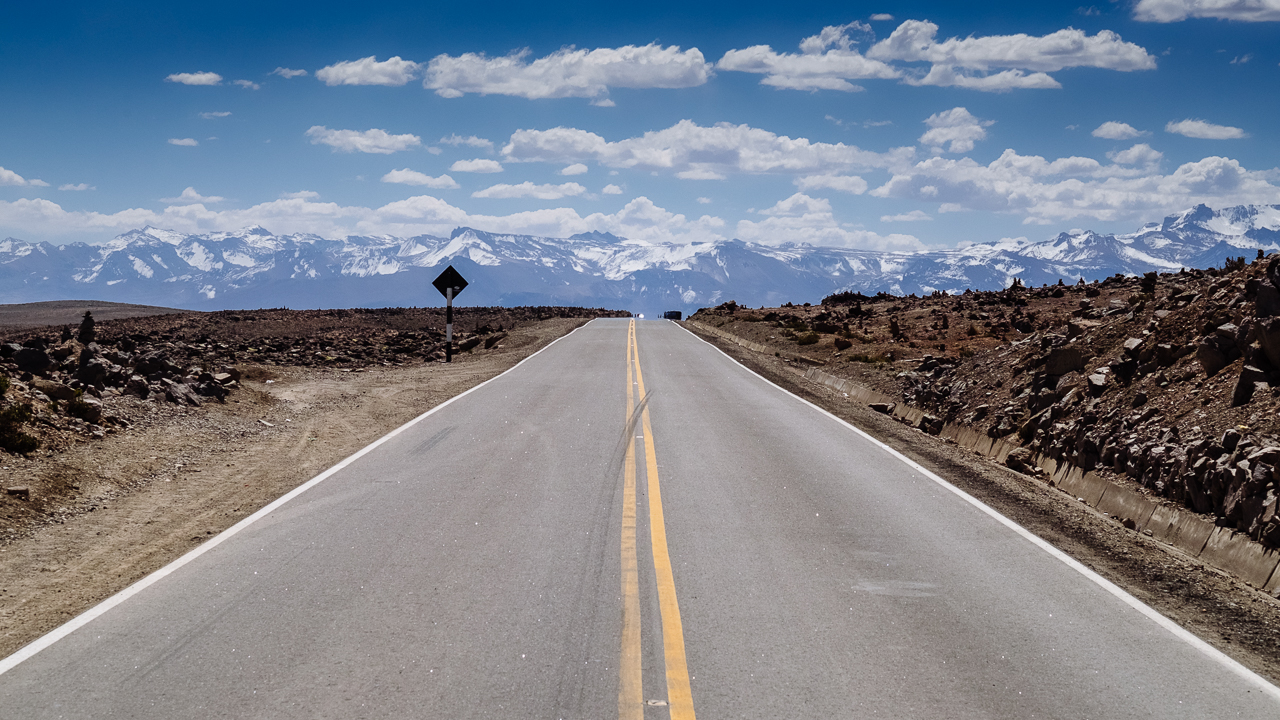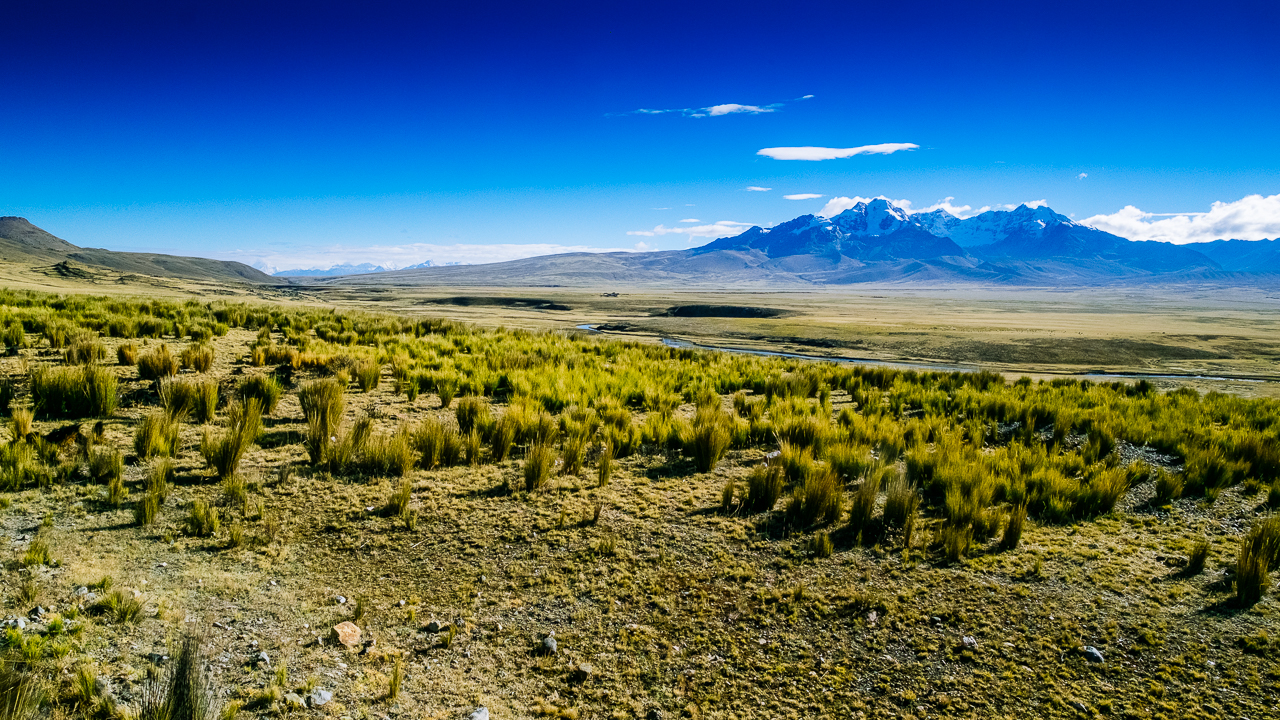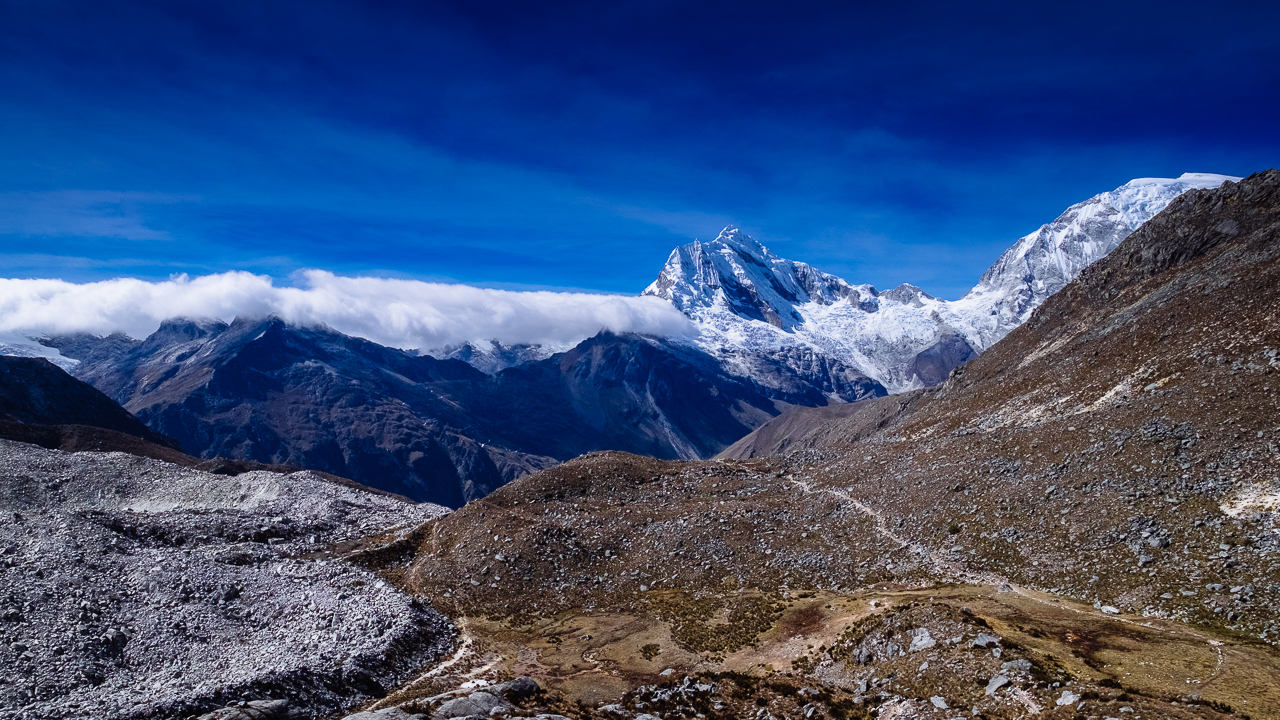Hi !
The third day is synonym of high jungle (and rain forest), which is basically jungle in the mountain, a concept that is mostly possible for Peru is a tropical country. It also means a lot more Inca ruins, all hidden in the lush green vegetation of this high jungle, so it has an Indiana Jones feeling that I must admit, made it the best day on this trail.
But before you get to enjoy it, there’s the usual climb of these steep stair to begin with, in order to deal with the Runkuraqay pass (3900masl). We were all sort of scared, for the previous day left us with sore bodies, but it turned out to be rather easy climb, with terrific view on a beautiful ruin. Our guide promised us that it would be the last difficulty for the trip.
Once the pass was dealt with, the day lived up to our expectation. Ruins after ruins, gringo killer stairs after gringo killer stairs, tunnels carved in huge granite rocks, gorgeous views, and the green vegetation only missing birds singing and monkeys screaming, the journey to Machu Picchu became the adventure we were looking for, full of stories on how Hiram Bingham discovered all this forgotten heritage.
Cherry on the cake, as we were in a rain forest, it is rare to have a dry day there… we were the lucky ones, it was such a great weather to hike: crystal clear blue sky and comfortable temperatures !
Now I could have show you all of that, instead, but it turns out I kinda suck at shooting ruins, so instead I’ll leave you with the busy activity on one of the resting stops, where most groups (but not us) usually have lunch on that day.
Would I do the Inca Trail again ? For that day I’m tempting to say “yes, yes and yes !”…
Enjoy (or not) and stay tuned !

